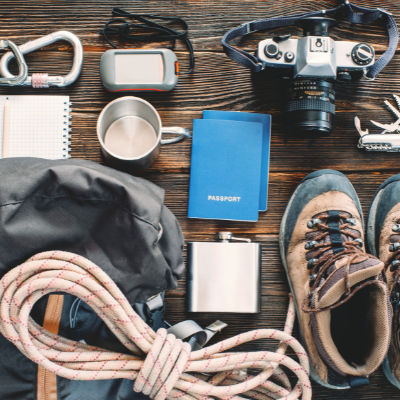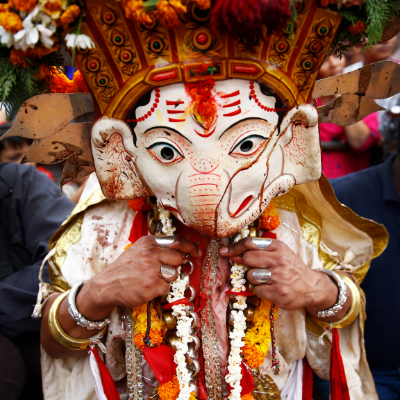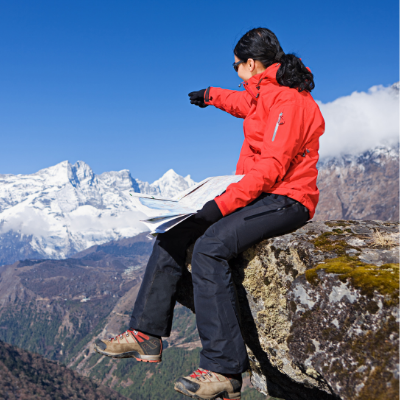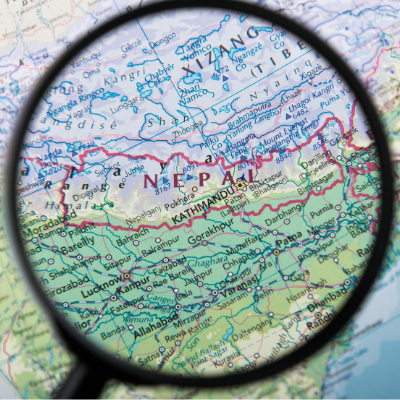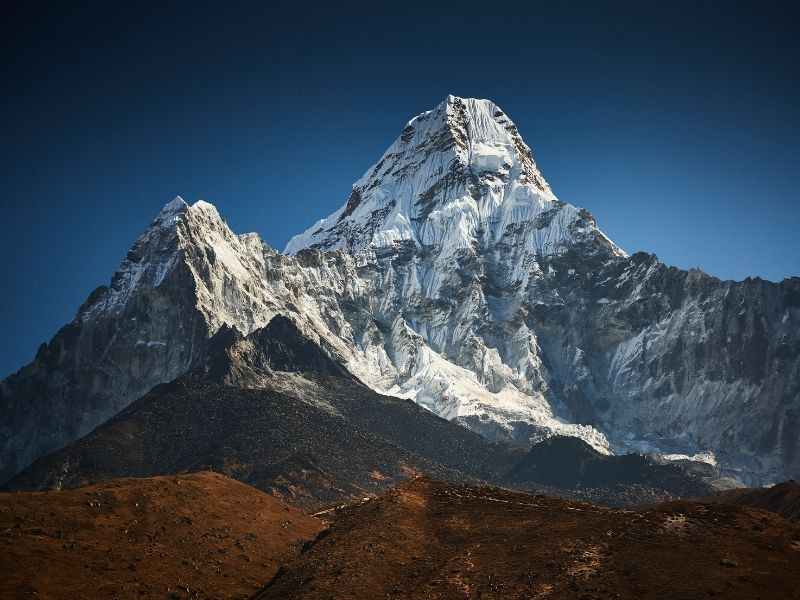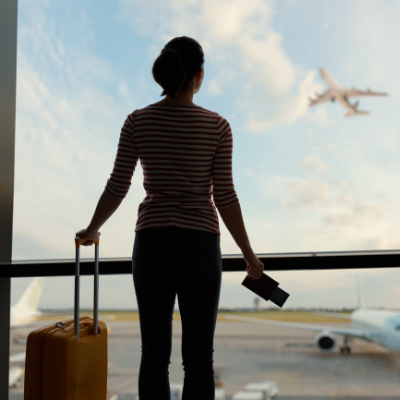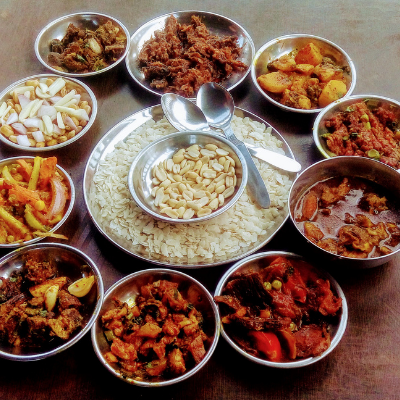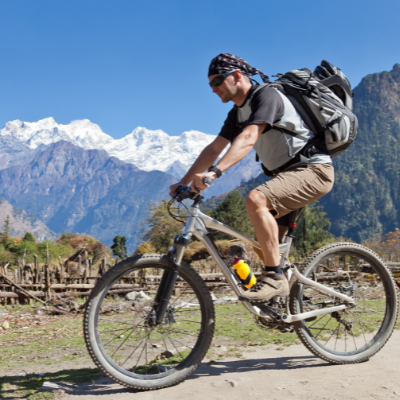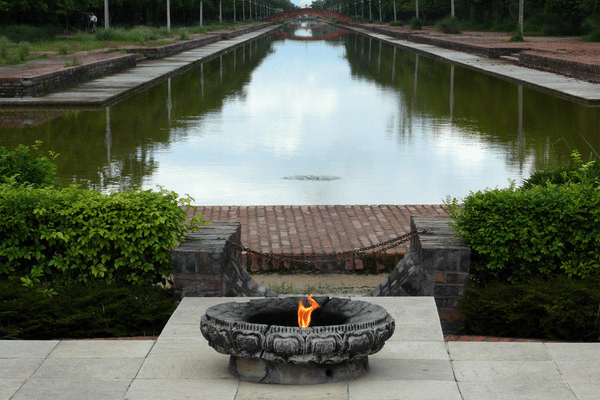Everest Base Camp is the lost Shangri la of the adventure and Arcadia of the east. In the oasis of the Himalayas, trekking while getting the mindblowing mountain vistas, remote settlement, exploring the culture and lifestyle of locals and befriending the Sherpas is probably the much-needed adventure pill for the trekking enthusiasts.
Trekking to the Everest Base Camp is arduous, sometimes life-threatening, but with proper gears and guides, this trek is achievable by any avid trekker with good fitness. There are many ways to get glimpses of this legendary Himalaya but getting close to the mountain is only possible via trekking, and getting there via Helicopter.
If you are trying to explore the different ways to reach Everest Base Camp, we have provided the necessary information here. There are three ways to reach Everest Base Camp as mentioned hereunder.
Flight and Trek
The most popular option to reach Everest Base Camp is getting a flight to Lukla and trekking to Everest Base Camp. The ‘fly in’ trek to Everest Base Camp begins with a scenic adventurous flight to Lukla from Kathmandu. From Lukla, the trekking begins. The trekking trail consists of beautiful Sherpa villages such as Namche, Tengboche, Dingboche, Lobuche, Gorakshep, EBC, Pheriche, Pangboche connecting Namche and Lukla. From Lukla, the returning flight will take you back to the Kathmandu valley.
|
Lukla Flight Fare (One Way)
|
|
For Nepali Citizen
|
NPR 6500 pp
|
|
For Foreigners
|
USD 185 pp
|
|
For Indian Citizen
|
NPR 10200
|
The fly in the trek to Everest Base Camp is the most desired option to reach Everest Base Camp. The proper acclimatization at few places makes it a convenient, time and cost-efficient trek and many trekkers prefer this option.
The Flight and Trek option is the shortest trekking option to reach Everest Base Camp. It takes about 14 days to complete this ‘fly in’ trek. The well-trodden trail throughout the trek and teahouses for accommodation at every stopover has preserved the convenience of getting food and lodging in the remote mountains of Khumbu.
Drive and Trek
Everest Base Camp trek via Salleri is a good ‘walk in’ trek option to complete the trek. This trekking route has been recently introduced, thus virgin, and less explored. You won’t have to fly to Lukla to begin the trek, instead, you will get a drive to Salleri via Okhaldhunga from Kathmandu. Though this trek is a little longer than the most popular ‘fly in’ Lukla-EBC trek, it is still worth it as you will get a chance to explore the fresh and very pristine mountain panorama in some areas.
The ‘walk in’ trek connects the Salleri, Taskindo, Kharikhola and Paiya villages to Phakding. From Phakding, you will be trekking in the trodden trail of the classic Everest Base Camp trek. And you will be returning to Lukla via the trail of Gorak Shep and Namche Bazaar. From Lukla, you will get a flight back to the Kathmandu valley. Though you can return the same way you get there, you wouldn’t want to return the same trail as you will be tired after strenuous trekking.
Everest Base Camp trek via Salleri trek takes about 18 days to complete the trek. Though fewer trekkers prefer this route over the ‘fly in’ one, this trek is still worth it.
Helicopter flight to Base Camp
This is for the elites who want to explore Mount Everest via Helicopter. A helicopter flight from Kathmandu will directly take you to Lukla and after refuelling, it will take you to the Base Camp. After exploring the aerial views of Base Camp, the helicopter will return to the Kala Patthar.
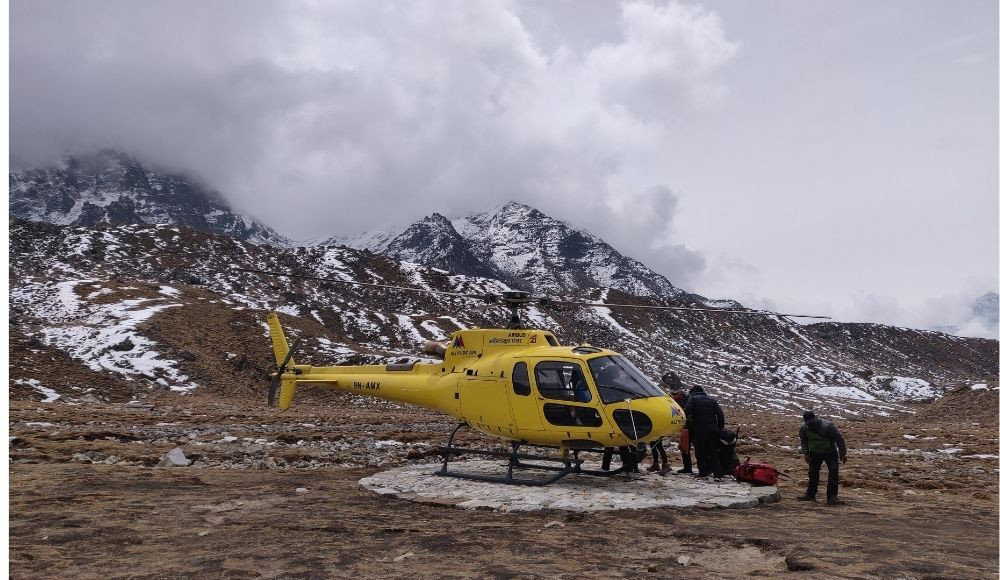
Kala Patthar is the only place from where the most stunning views of Mount Everest are seen. A complete 360-degree mountain panorama is spectacular from this place. You will have about 10-15 minutes to explore the beauty of the mountains in Khumbu here and the helicopter will return to Lukla. Again, after refuelling at Lukla, it will directly take you back to Kathmandu.
The customized options to direct the helicopter to Gokyo, or Everest View Hotel are also available if you want more out of Everest in Nepal.
It takes less than 4 hours to complete the full process. And within four hours, you will have explored the Everest Base Camp and collected the best aerial memories of the Khumbu region.



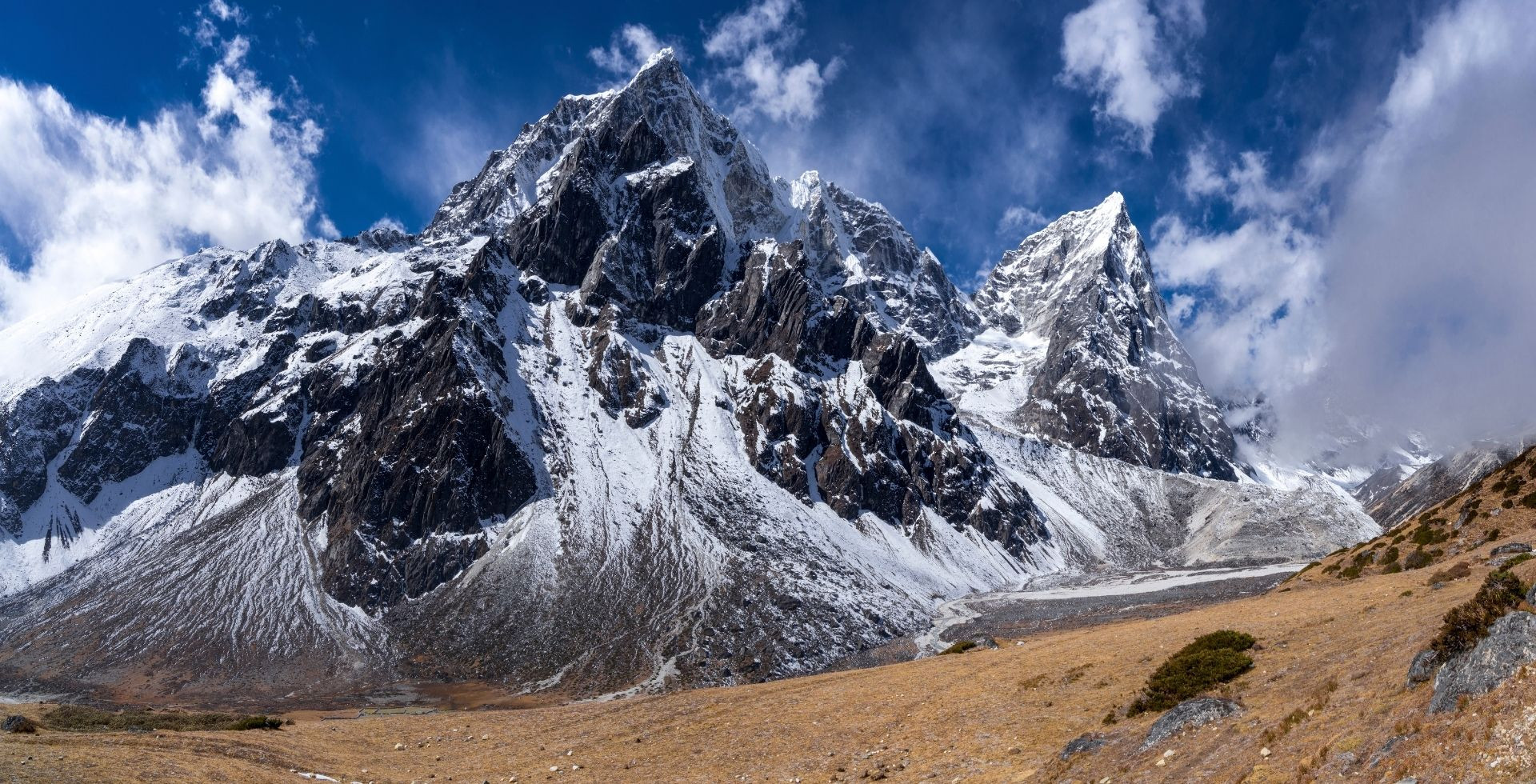

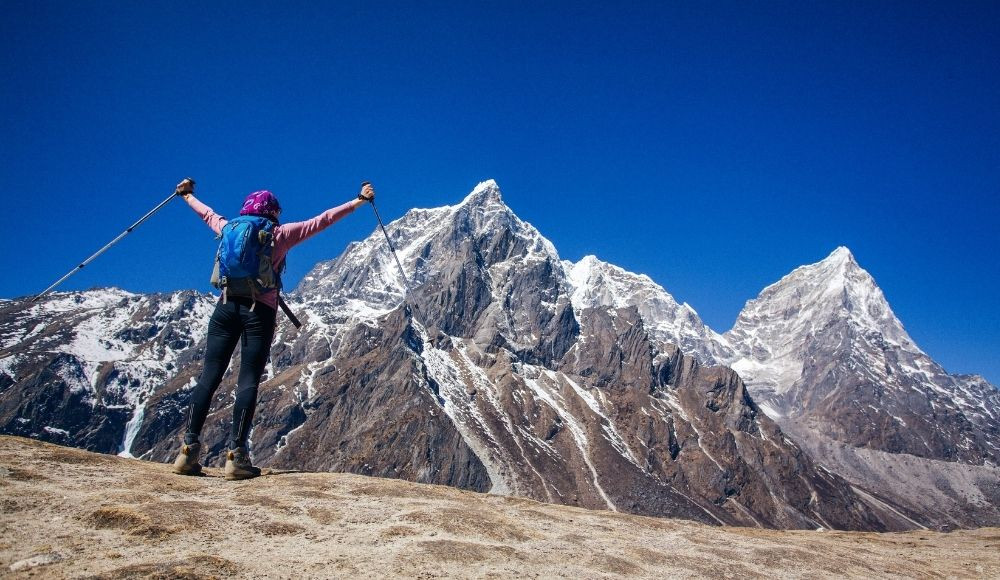
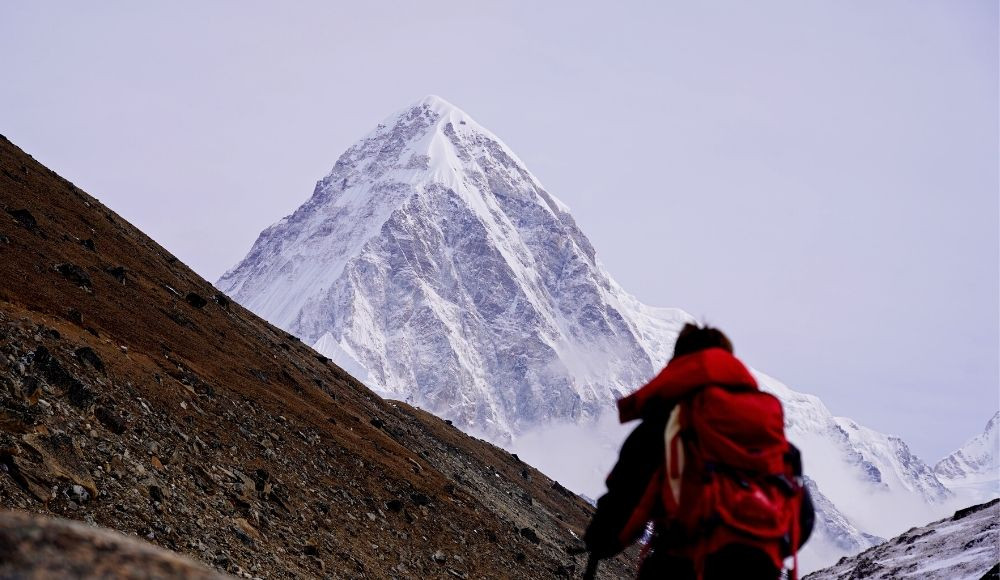
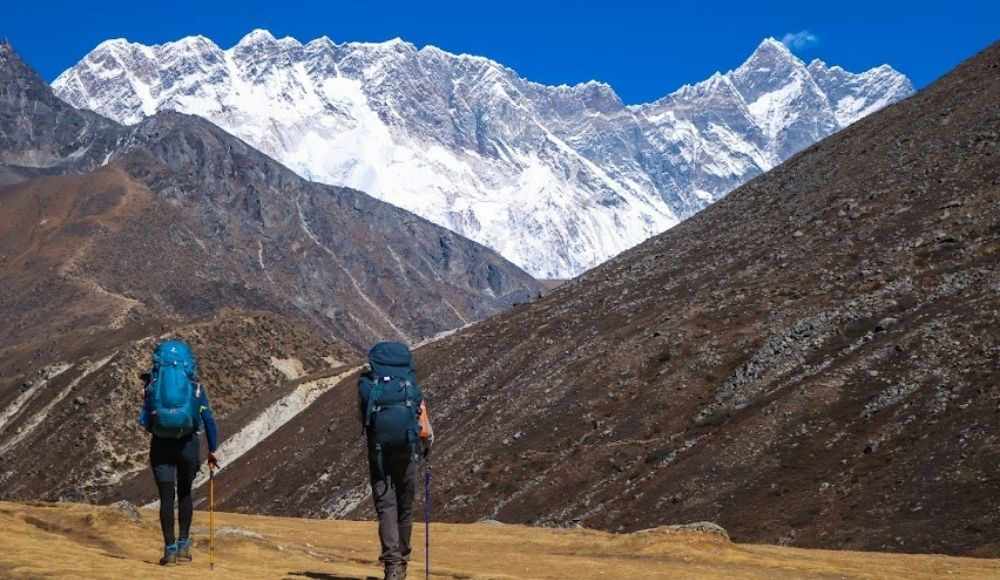 While getting to the summit of Mount Everest is very difficult and demanding in terms of physical fitness and funds, the Everest Base Camp trek is achievable on the contrary. So, many esteemed trekkers try to get close to Everest by trekking in the Everest region.
While getting to the summit of Mount Everest is very difficult and demanding in terms of physical fitness and funds, the Everest Base Camp trek is achievable on the contrary. So, many esteemed trekkers try to get close to Everest by trekking in the Everest region. 
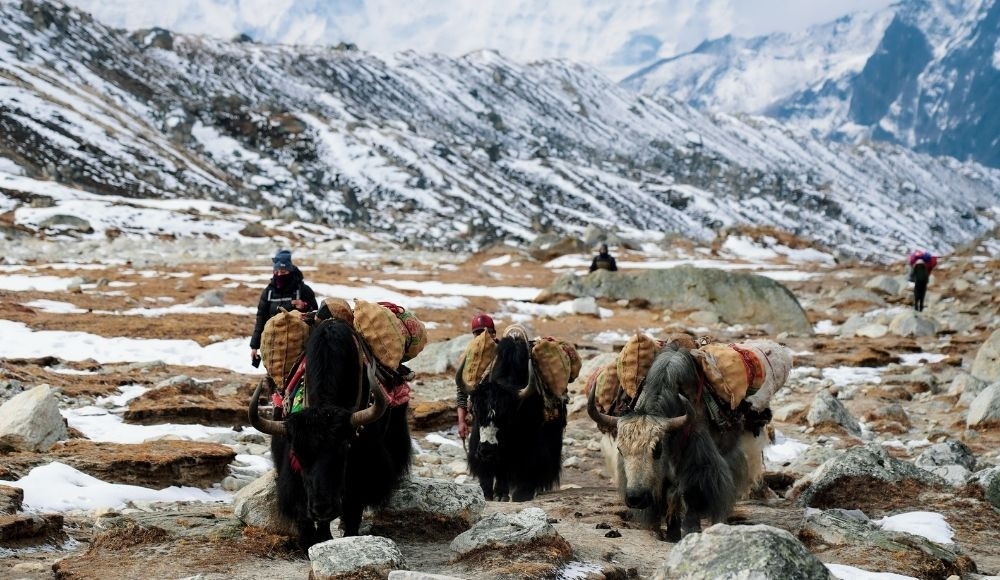
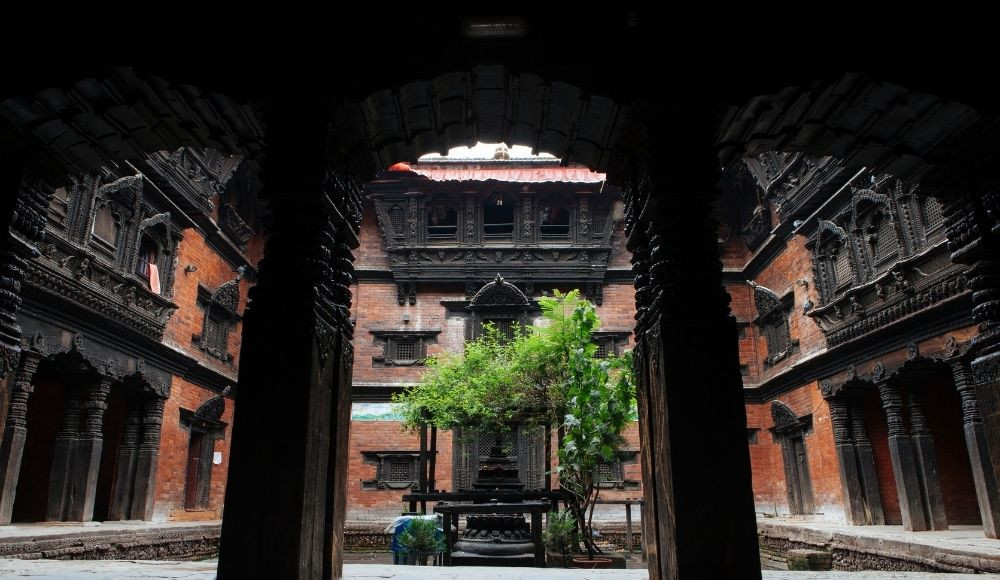
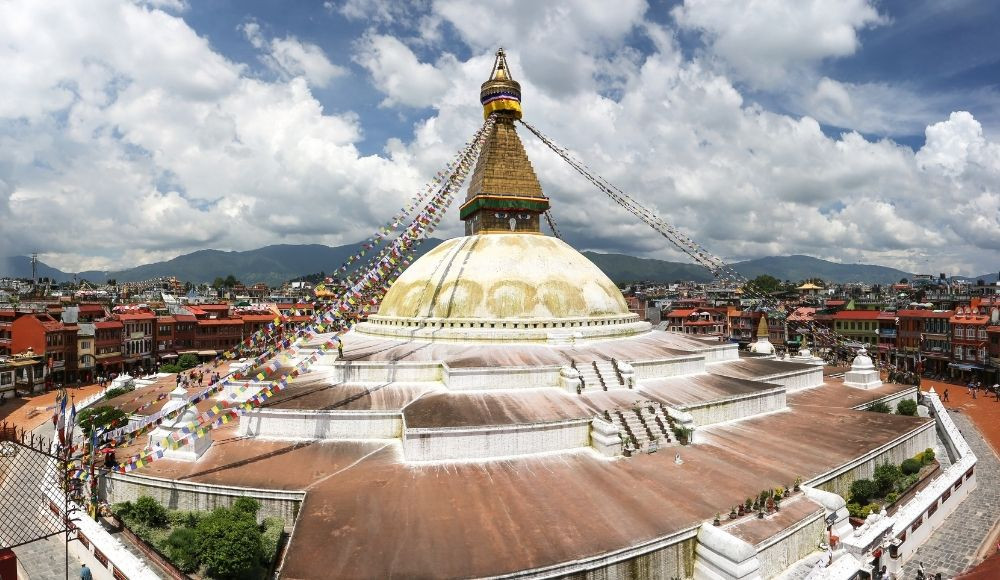
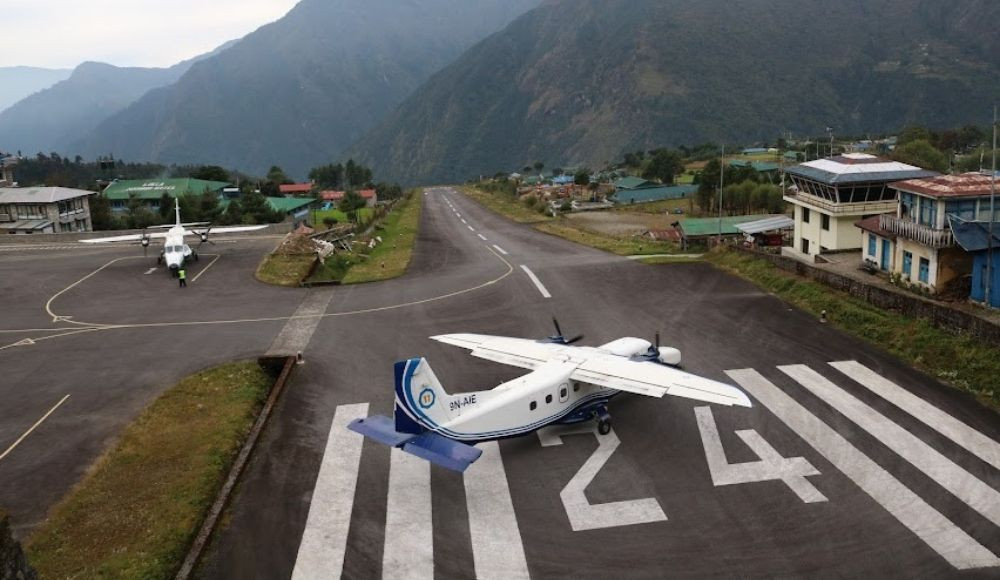
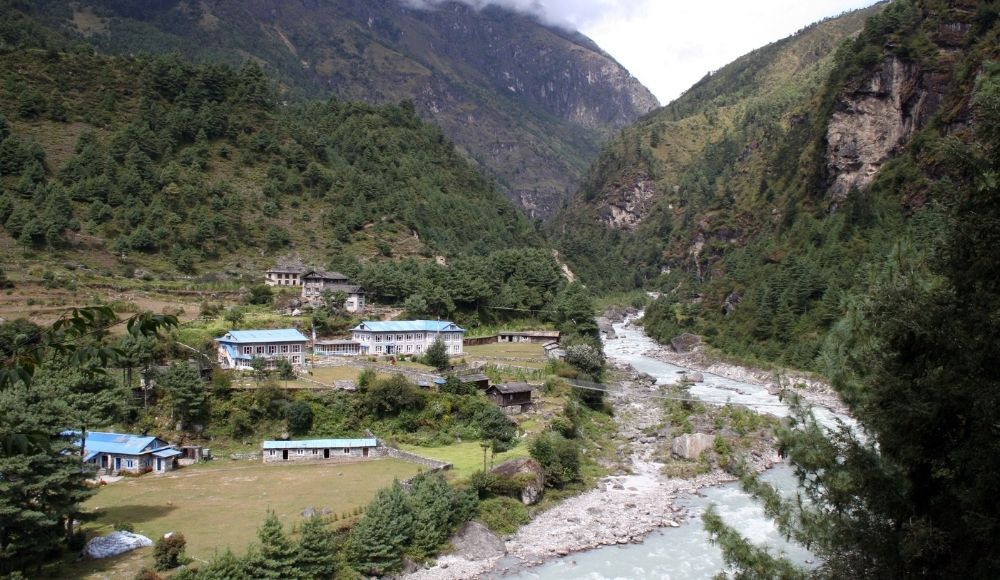

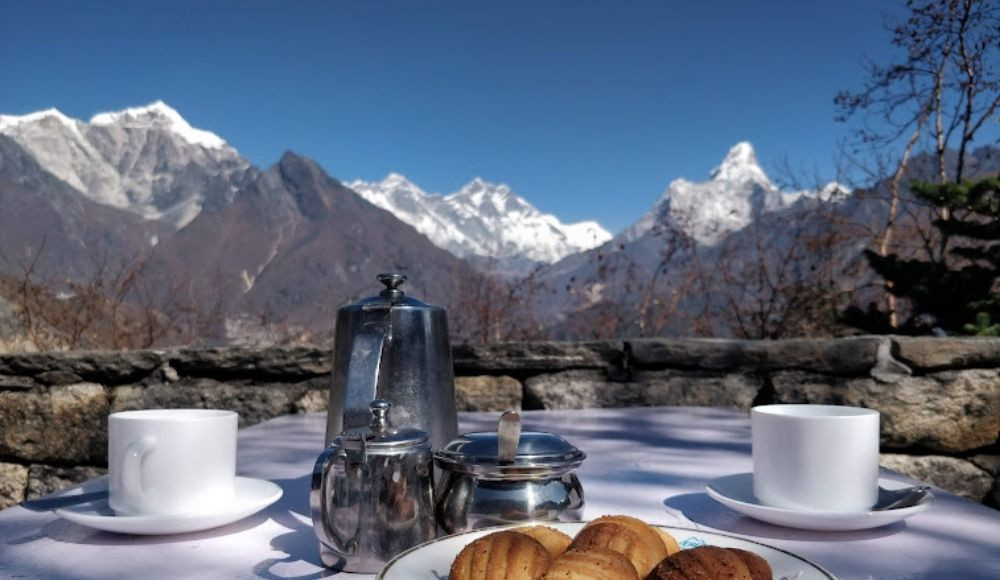
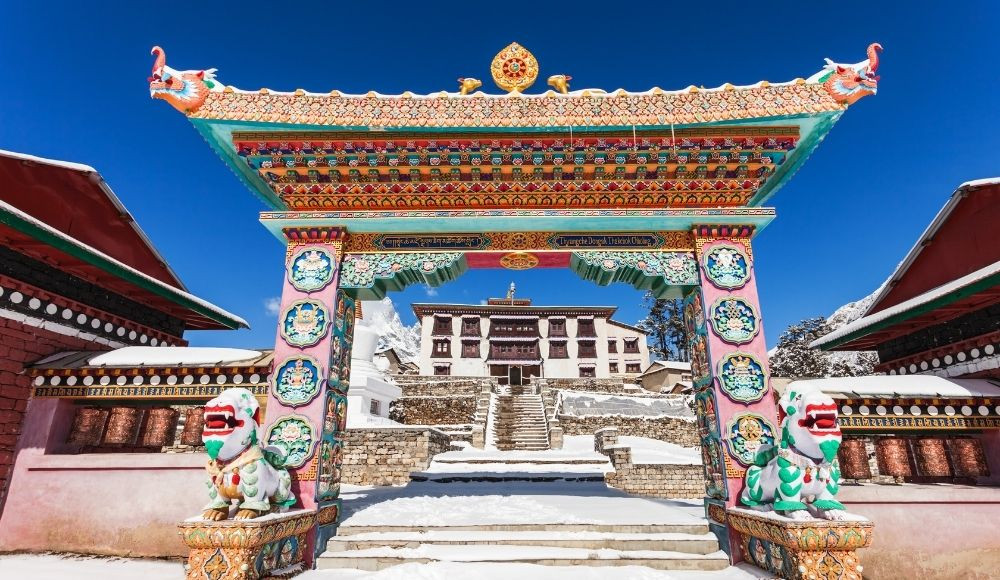 The beautiful chortens and prayers flags hanging make a very spiritual ambience in the trail. From Kyajuma, you will trek downhill for about 45 minutes to reach Punki Tenga. This is the confluence of Imja Khola and Dudh Koshi river tributaries. The term ‘Tenga’ means confluence or junction in Sherpa language. So the place is named Punki Tenga.
The beautiful chortens and prayers flags hanging make a very spiritual ambience in the trail. From Kyajuma, you will trek downhill for about 45 minutes to reach Punki Tenga. This is the confluence of Imja Khola and Dudh Koshi river tributaries. The term ‘Tenga’ means confluence or junction in Sherpa language. So the place is named Punki Tenga. 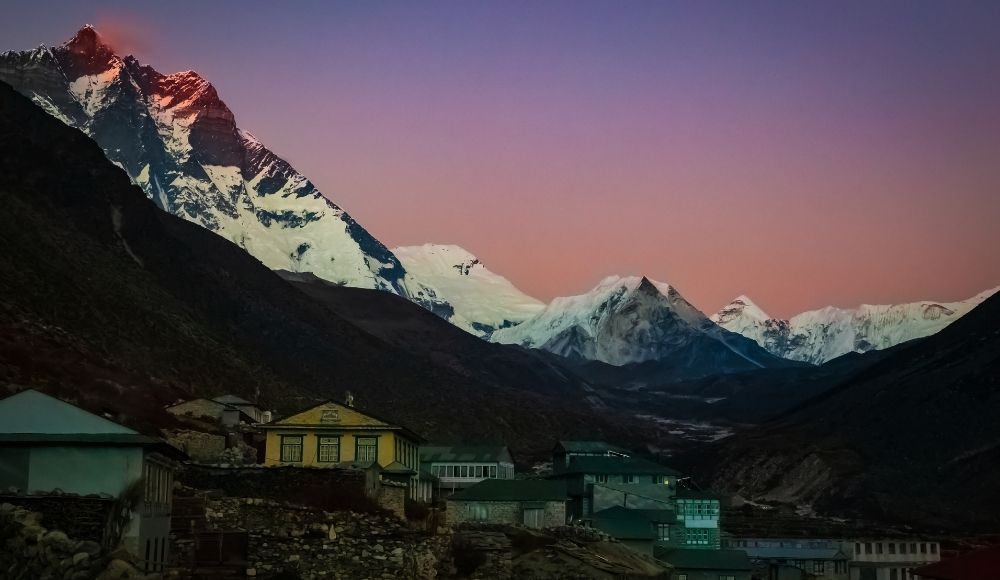
 You will be hiking to Nagarjuna Hill at an elevation of about 5100 m above sea level. From the top of the hill, you can see the mind blowing views of some Himalayas such as Lobuche East (6119m), Lobuche West (6145m), Kangtega (6685m), Taboche Peak (6367m), Thamserku (6608m), and Ama Dablam (6856m). The excellent views of Pheriche village and some other Sherpa settlements can be seen during the hike.
You will be hiking to Nagarjuna Hill at an elevation of about 5100 m above sea level. From the top of the hill, you can see the mind blowing views of some Himalayas such as Lobuche East (6119m), Lobuche West (6145m), Kangtega (6685m), Taboche Peak (6367m), Thamserku (6608m), and Ama Dablam (6856m). The excellent views of Pheriche village and some other Sherpa settlements can be seen during the hike. 
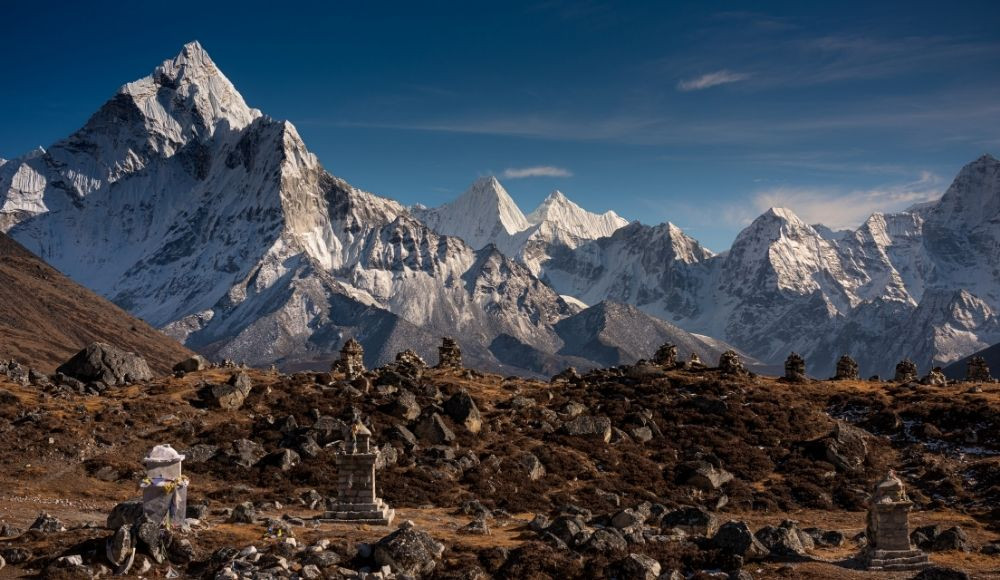 After exploring the Pass, you will ascend towards Lobuche. After a while, you will reach the glacial moraine of the Khumbu glacier. The spectacular views of Nuptse, Pumori, Lingten, Changatse and Lola mountains can be seen during the trek. From the Khumbu glacier, you can see Kalapathar in the distance. After walking for about one hour, you will reach a small settlement of Lobuche at 4940 m. The overnight stay will be in a teahouse in Lobuche.
After exploring the Pass, you will ascend towards Lobuche. After a while, you will reach the glacial moraine of the Khumbu glacier. The spectacular views of Nuptse, Pumori, Lingten, Changatse and Lola mountains can be seen during the trek. From the Khumbu glacier, you can see Kalapathar in the distance. After walking for about one hour, you will reach a small settlement of Lobuche at 4940 m. The overnight stay will be in a teahouse in Lobuche. 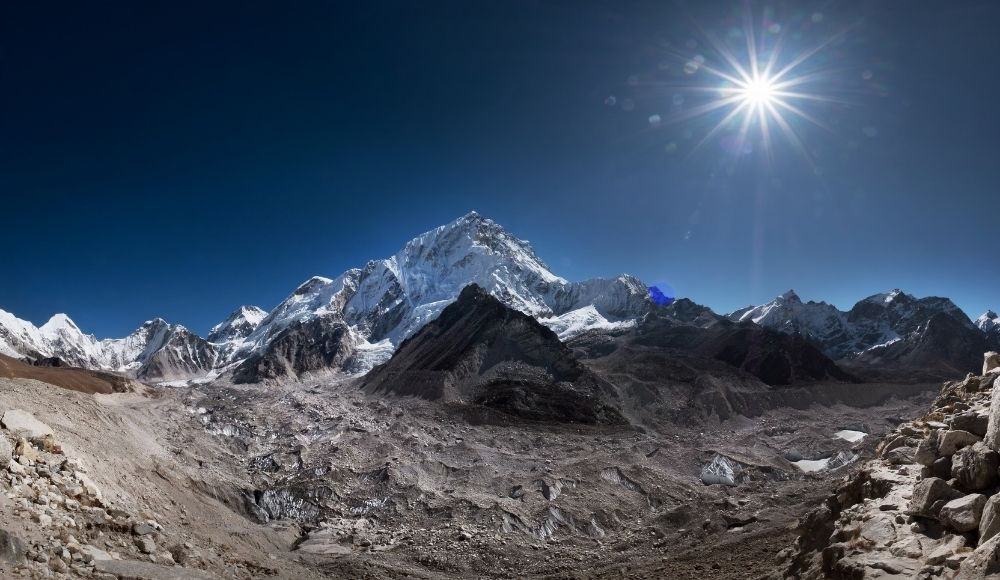
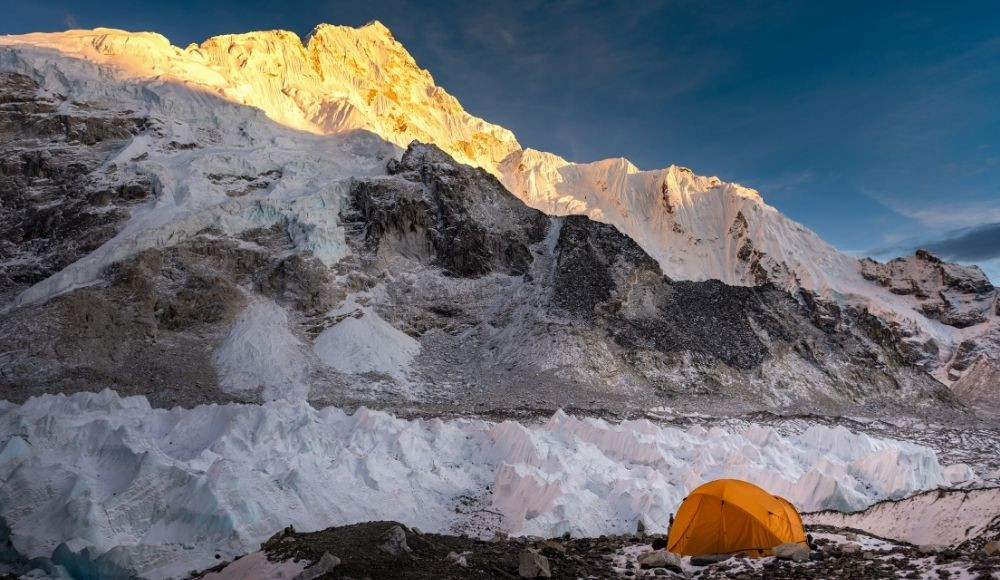 You can click photos, visit nearby places, get to the information centre or just interact with the mountaineers and other trekkers at the base camp. You will return to Gorak Shep in the evening for your stay. Staying in the Everest Base Camp requires a special permit and it is very expensive to obtain. So, you will have to return to Gorak Shep for your night stay.
You can click photos, visit nearby places, get to the information centre or just interact with the mountaineers and other trekkers at the base camp. You will return to Gorak Shep in the evening for your stay. Staying in the Everest Base Camp requires a special permit and it is very expensive to obtain. So, you will have to return to Gorak Shep for your night stay.  From Lobuche, the trail to
From Lobuche, the trail to  The traffic in the mountains was of pure adventure seekers. But the traffic in the city is of hustlers. The vibes of mountain traffic are amazing. There is an inspiration in it, and it is filled with esteem and stories. Carrying the incredible memories of Everest and Sherpas, you will reach Namche Bazaar. Again, back to the Sherpa Kingdom. You can have coffee, spend some remaining time in leisure and interact with the locals.
The traffic in the mountains was of pure adventure seekers. But the traffic in the city is of hustlers. The vibes of mountain traffic are amazing. There is an inspiration in it, and it is filled with esteem and stories. Carrying the incredible memories of Everest and Sherpas, you will reach Namche Bazaar. Again, back to the Sherpa Kingdom. You can have coffee, spend some remaining time in leisure and interact with the locals. 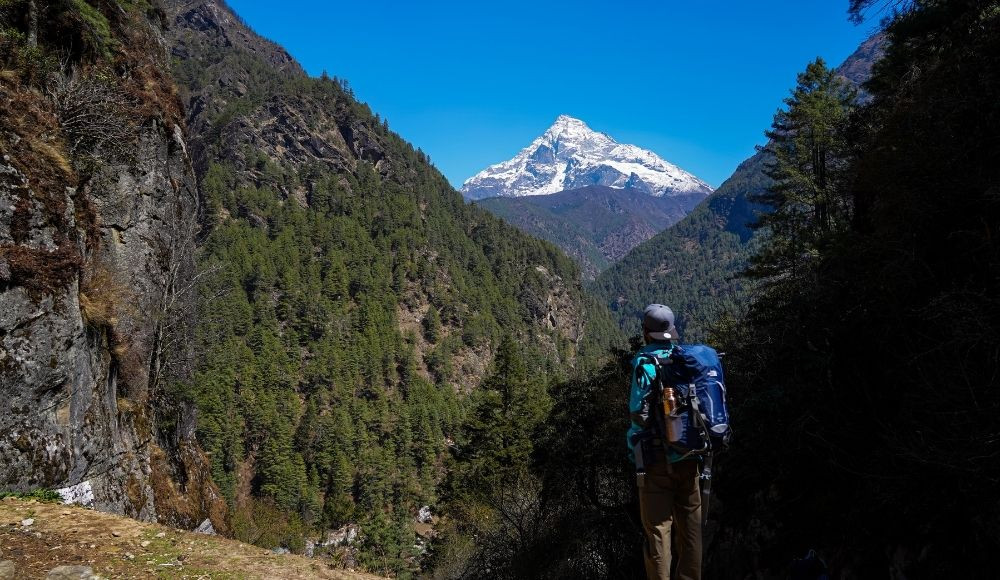
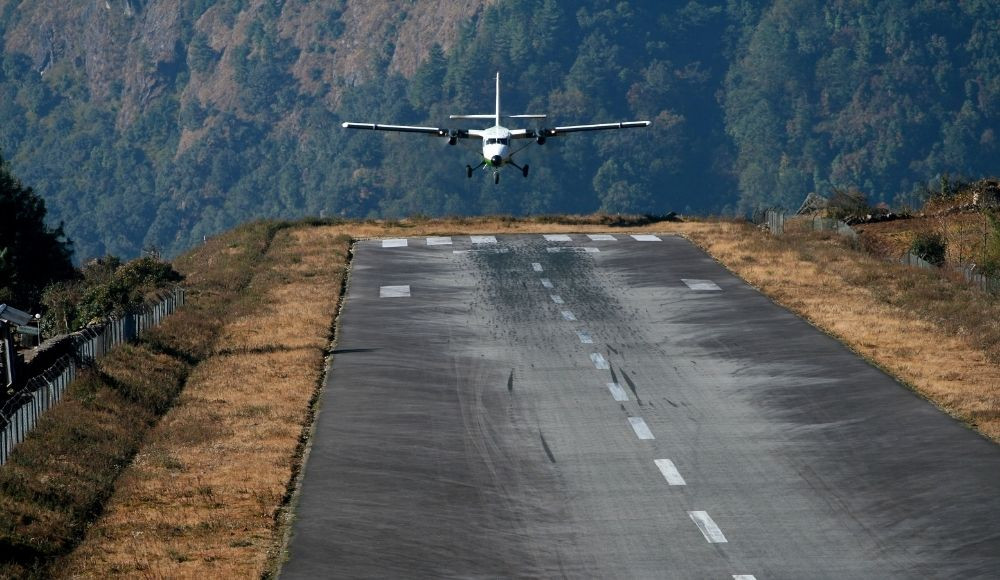 You will reach Kathmandu in the daytime. In the evening, you can explore the nightlife in Kathmandu or try some Nepalese food. Our representative will meet you again to congratulate you on your incredible endeavours.
You will reach Kathmandu in the daytime. In the evening, you can explore the nightlife in Kathmandu or try some Nepalese food. Our representative will meet you again to congratulate you on your incredible endeavours. 